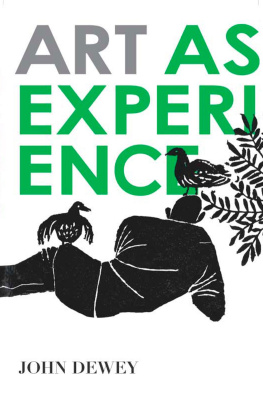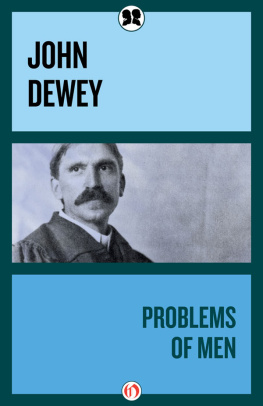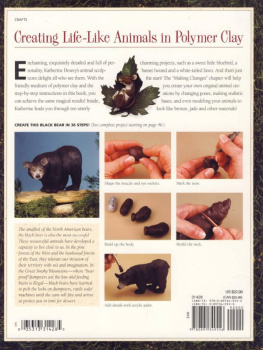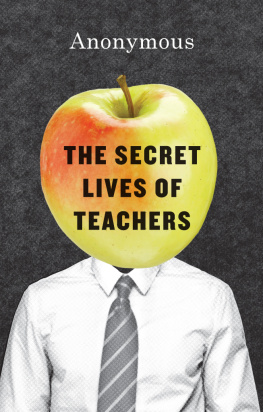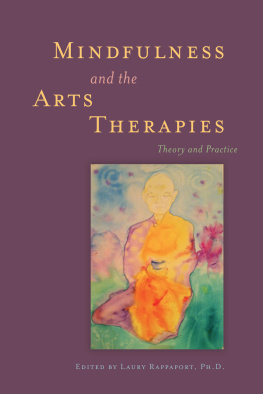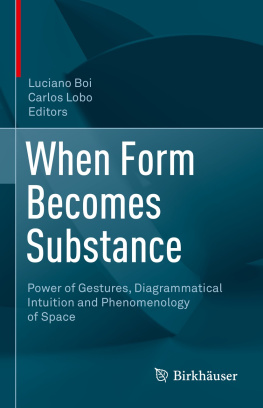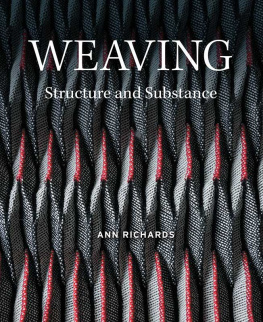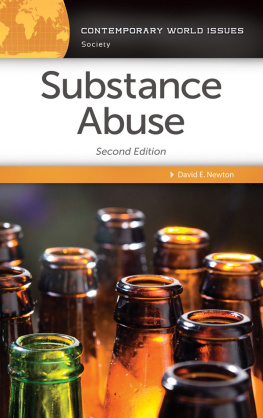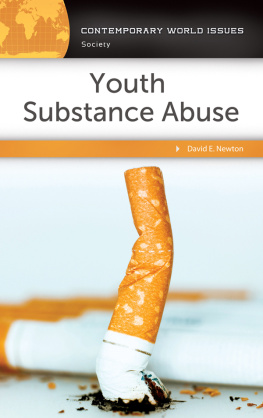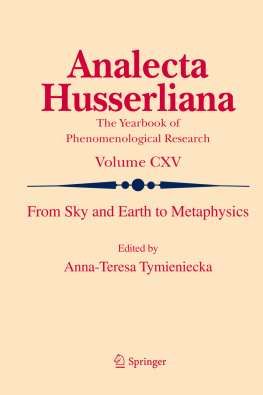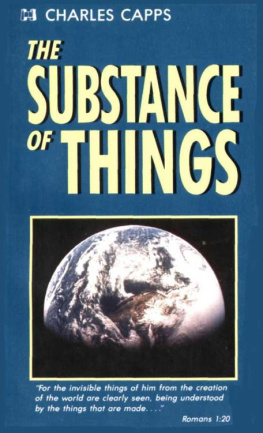Dewey - Art as Experience
Here you can read online Dewey - Art as Experience full text of the book (entire story) in english for free. Download pdf and epub, get meaning, cover and reviews about this ebook. year: 2005, publisher: Penguin Publishing Group, genre: Science. Description of the work, (preface) as well as reviews are available. Best literature library LitArk.com created for fans of good reading and offers a wide selection of genres:
Romance novel
Science fiction
Adventure
Detective
Science
History
Home and family
Prose
Art
Politics
Computer
Non-fiction
Religion
Business
Children
Humor
Choose a favorite category and find really read worthwhile books. Enjoy immersion in the world of imagination, feel the emotions of the characters or learn something new for yourself, make an fascinating discovery.
Art as Experience: summary, description and annotation
We offer to read an annotation, description, summary or preface (depends on what the author of the book "Art as Experience" wrote himself). If you haven't found the necessary information about the book — write in the comments, we will try to find it.
Dewey: author's other books
Who wrote Art as Experience? Find out the surname, the name of the author of the book and a list of all author's works by series.
Art as Experience — read online for free the complete book (whole text) full work
Below is the text of the book, divided by pages. System saving the place of the last page read, allows you to conveniently read the book "Art as Experience" online for free, without having to search again every time where you left off. Put a bookmark, and you can go to the page where you finished reading at any time.
Font size:
Interval:
Bookmark:

Books by John Dewey
THE QUEST FOR CERTAINTY
INDIVIDUALISM OLD AND NEW
PHILOSOPHY AND CIVILIZATION
ART AS EXPERIENCE

THE BERKLEY PUBLISHING GROUP
Published by the Penguin Group
Penguin Group (USA) Inc.
375 Hudson Street, New York, New York 10014, USA
Penguin Group (Canada), 10 Alcorn Avenue, Toronto, Ontario M4V 3B2, Canada (a division of Pearson Penguin Canada Inc.)
Penguin Books Ltd., 80 Strand, London WC2R 0RL, England
Penguin Group Ireland, 25 St. Stephens Green, Dublin 2, Ireland (a division of Penguin Books Ltd.)
Penguin Group (Australia), 250 Camberwell Road, Camberwell, Victoria 3124, Australia (a division of Pearson Australia Group Pty. Ltd.)
Penguin Books India Pvt. Ltd., 11 Community Centre, Panchsheel Park, New Delhi110 017, India
Penguin Group (NZ), Cnr. Airborne and Rosedale Roads, Albany, Auckland 1310, New Zealand (a division of Pearson New Zealand Ltd.)
Penguin Books (South Africa) (Pty.) Ltd., 24 Sturdee Avenue, Rosebank, Johannesburg 2196, South Africa
Penguin Books Ltd., Registered Offices: 80 Strand, London WC2R 0RL, England
Copyright 1934 by John Dewey
All rights reserved.
No part of this book may be reproduced, scanned, or distributed in any printed or electronic form without permission. Please do not participate in or encourage electronic piracy of copyrighted materials in violation of the authors rights. Purchase only authorized editions.
ISBN: 978-1-101-66703-3
PRINTING HISTORY
First Perigee printing: 1980
Perigee trade paperback edition / August 2005
PERIGEE is a registered trademark of Penguin Group (USA) Inc.
The P design is a trademark belonging to Penguin Group (USA) Inc.
Library of Congress Catalog Card Number: 58-59756
Cover design based on the original cover design by Robert Sullivan
Version_1
TO ALBERT C. BARNES
IN GRATITUDE
IN the winter and spring of 1931, I was invited to give a series of ten lectures at Harvard University. The subject chosen was the Philosophy of Art; the lectures are the origin of the present volume. The Lectureship was founded in memory of William James and I esteem it a great honor to have this book associated even indirectly with his distinguished name. It is a pleasure, also, to recall, in connection with the lectures, the unvarying kindness and hospitality of my colleagues in the department of philosophy at Harvard.
I am somewhat embarrassed in an effort to acknowledge indebtedness to other writers on the subject. Some aspects of it may be inferred from authors mentioned or quoted in the text. I have read on the subject for many years, however, more or less widely in English literature, somewhat less in French and still less in German, and I have absorbed much from sources which I cannot now directly recall. Moreover, my obligations to a number of writers are much greater than might be gathered from allusions to them in the volume itself.
My indebtedness to those who have helped me directly can be more easily stated. Dr. Joseph Ratner gave me a number of valuable references. Dr. Meyer Schapiro was good enough to read the twelfth and thirteenth chapters and to make suggestions which I have freely adopted. Irwin Edman read a large part of the book in manuscript and I owe much to his suggestions and criticism. Sidney Hook read many of the chapters, and their present form is largely the result of discussions with him; this statement is especially true of the chapters on criticism and the last chapter. My greatest indebtedness is to Dr. A. C. Barnes. The chapters have been gone over one by one with him, and yet what I owe to his comments and suggestions on this account is but a small measure of my debt. I have had the benefit of conversations with him through a period of years, many of which occurred in the presence of the unrivaled collection of pictures he has assembled. The influence of these conversations, together with that of his books, has been a chief factor in shaping my own thinking about the philosophy of esthetics. Whatever is sound in this volume is due more than I can say to the great educational work carried on in the Barnes Foundation. That work is of a pioneer quality comparable to the best that has been done in any field during the present generation, that of science not excepted. I should be glad to think of this volume as one phase of the widespread influence the Foundation is exercising.
I am indebted to the Barnes Foundation for permission to reproduce a number of illustrations and to Barbara and Willard Morgan for the photographs from which the reproductions were made.
J. D.
BY one of the ironic perversities that often attend the course of affairs, the existence of the works of art upon which formation of an esthetic theory depends has become an obstruction to theory about them. For one reason, these works are products that exist externally and physically. In common conception, the work of art is often identified with the building, book, painting, or statue in its existence apart from human experience. Since the actual work of art is what the product does with and in experience, the result is not favorable to understanding. In addition, the very perfection of some of these products, the prestige they possess because of a long history of unquestioned admiration, creates conventions that get in the way of fresh insight. When an art product once attains classic status, it somehow becomes isolated from the human conditions under which it was brought into being and from the human consequences it engenders in actual life-experience.
When artistic objects are separated from both conditions of origin and operation in experience, a wall is built around them that renders almost opaque their general significance, with which esthetic theory deals. Art is remitted to a separate realm, where it is cut off from that association with the materials and aims of every other form of human effort, undergoing, and achievement. A primary task is thus imposed upon one who undertakes to write upon the philosophy of the fine arts. This task is to restore continuity between the refined and intensified forms of experience that are works of art and the everyday events, doings, and sufferings that are universally recognized to constitute experience. Mountain peaks do not float unsupported; they do not even just rest upon the earth. They are the earth in one of its manifest operations. It is the business of those who are concerned with the theory of the earth, geographers and geologists, to make this fact evident in its various implications. The theorist who would deal philosophically with fine art has a like task to accomplish.
If one is willing to grant this position, even if only by way of temporary experiment, he will see that there follows a conclusion at first sight surprising. In order to understand the meaning of artistic products, we have to forget them for a time, to turn aside from them and have recourse to the ordinary forces and conditions of experience that we do not usually regard as esthetic. We must arrive at the theory of art by means of a detour. For theory is concerned with understanding, insight, not without exclamations of admiration, and stimulation of that emotional outburst often called appreciation. It is quite possible to enjoy flowers in their colored form and delicate fragrance without knowing anything about plants theoretically. But if one sets out to
Font size:
Interval:
Bookmark:
Similar books «Art as Experience»
Look at similar books to Art as Experience. We have selected literature similar in name and meaning in the hope of providing readers with more options to find new, interesting, not yet read works.
Discussion, reviews of the book Art as Experience and just readers' own opinions. Leave your comments, write what you think about the work, its meaning or the main characters. Specify what exactly you liked and what you didn't like, and why you think so.

